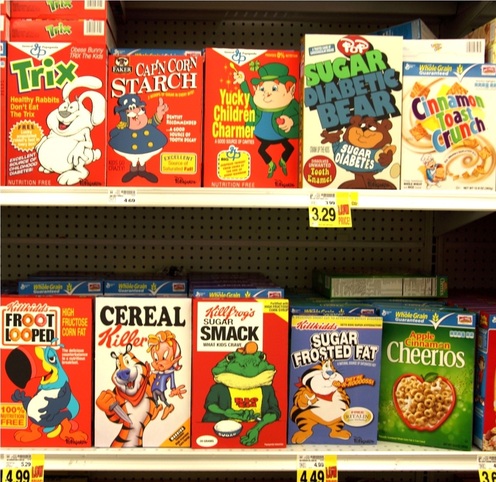Last night's dinner was a very simple meal, grass-fed ground beef with steamed organic broccoli & carrots
I added some grass-fed butter to the veggies and sprinkled the plate with Celtic sea salt and organic garlic powder.
It satisfied my taste buds, I did not feel deprived and I was fully satiated
I had the satisfaction of knowing my dinner was made from high-quality real foods and was very healthy
But, by all means, compared to the average American dinner standards, this was quite “boring”.
It didn't come in a fancy, colorful box, with the promise of promoting health.
Nor was there any special ingredients added to trick my brain into wanting more
There wasn't any added coloring to make it appealing nor was there any added sugar to make it taste better.
No, this was what real food is supposed to taste and look like.
My friends, we have been bamboozled by the commercial food industry into believing food should not only not be boring, but be exciting
Science and psychology have been used to create foods that are highly addicting (yet unsatisfying, leaving you wanting more) with clever marketing tactics, promoting health claims and fancy packaging
Food scientists have been employed to come up with the winning combination of salt, fat, and sugar to trick not only our brains but our bodies into the cycle of anticipation, craving,
David Kessler's fascinating book, The End of Overeating, provides an interesting look behind the curtain of food design and explains just how we become “addicted” to our favorite foods
We are in the midst of an obesity epidemic in which overeating is a contributing factor
The real goal is to change how you view food.
If you look at something and say, “That's going to make me feel good. I want that,” your brain's going to get activated.
If you look at it and say, “Ugh, that's disgusting. I'd rather have something else,” your brain's not going to be activated.
You have to take the power out of food by changing how you view the stimulus.
– Dr. David Kessler, The End of Overeating
